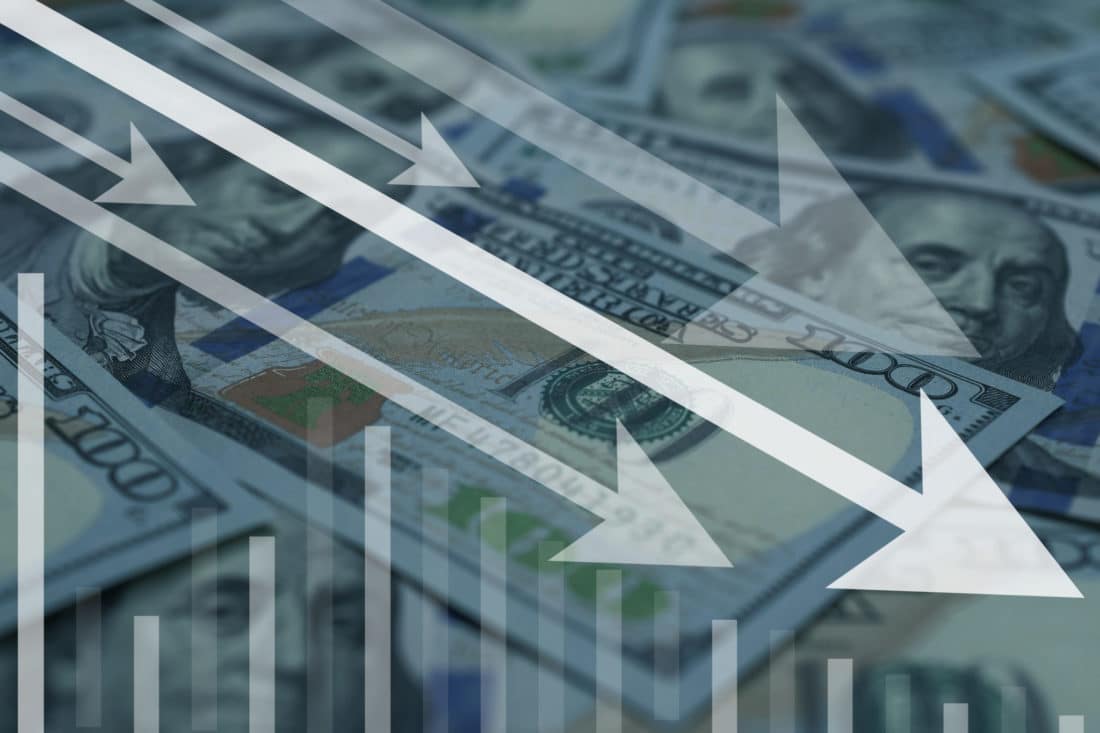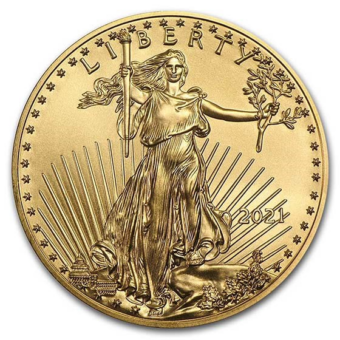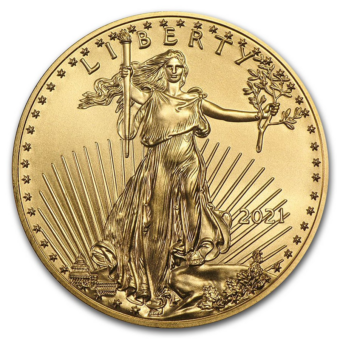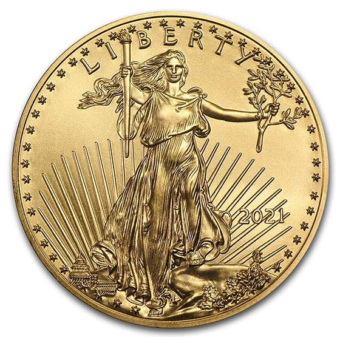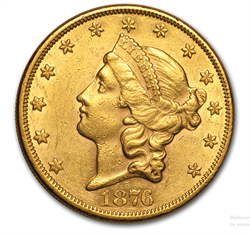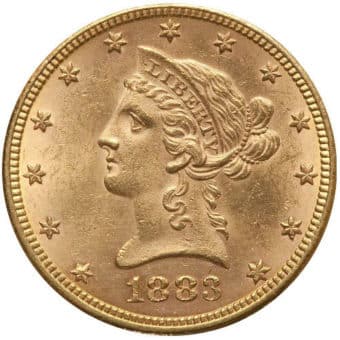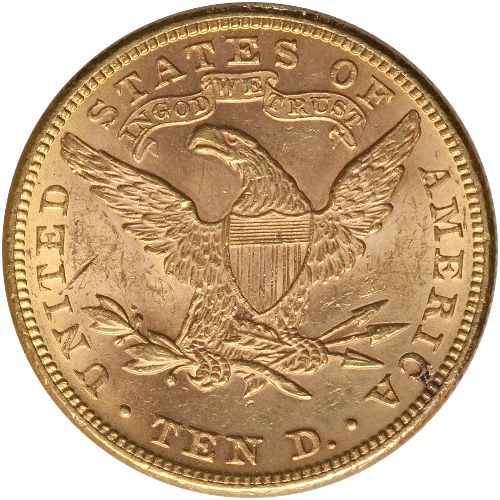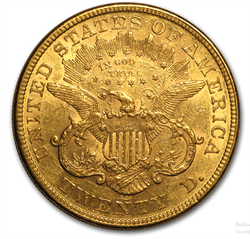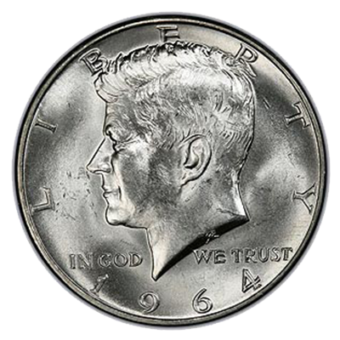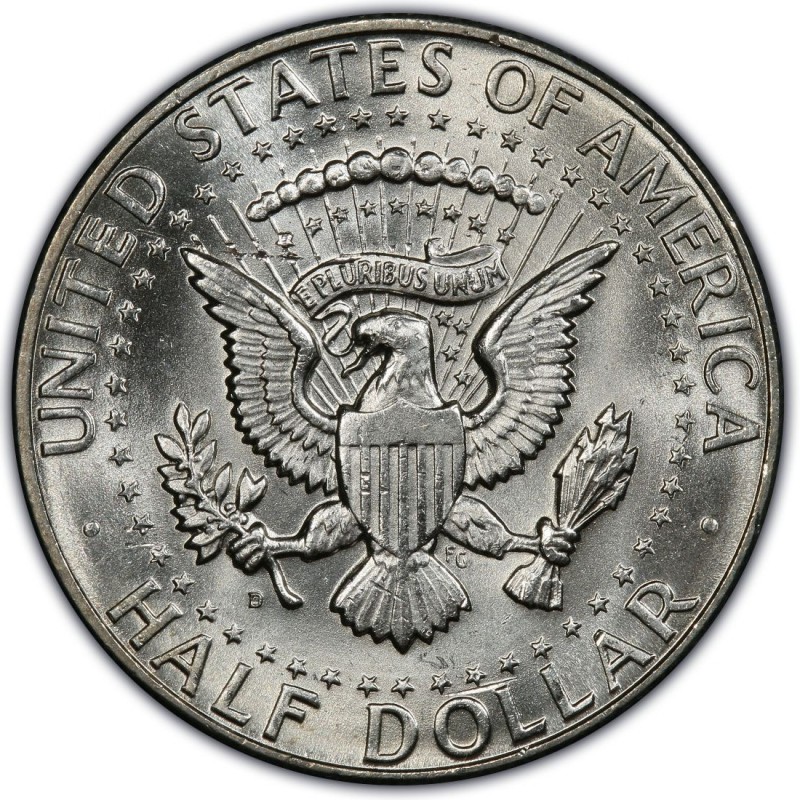Welcome to this week’s newsletter—your essential guide to lr the gold and silver markets. We’ll dissect last week's market movements while looking ahead to next week's economic events. What moved the markets over the last 5 days, and what’s likely to impact gold and silver once the market’s open next week? More importantly, what opportunities might present themselves in the next five days? If you want to stay informed and ahead of the curve, read on.
The Gold Trail: A Daily Journey Through the Week's Market
Monday - 1.01.24: New Years Day - market closed.
Tuesday - 1.02.24: The gold market saw active intra-day trading. Traders spent the day identifying key short-term moving averages and potential buy and sell price entry points based on technical support and resistance levels. Beyond this, the larger fundamentals for gold and silver remained still
Wednesday - 1.03.24: The situation was similar to the previous day, with the gold market experiencing significant intra-day activity. Traders again focused on short-term moving averages and technical levels for trading decisions.
Thursday - 1.04.24: Gold and silver markets exhibited distinct behaviors. Gold prices held steady, with spot gold at $2,036.99 per ounce and U.S. gold futures showing a marginal increase. This stability reflected investors' anticipation of the U.S. non-farm payrolls data, expected to influence the Federal Reserve's interest rate decisions. Analysts predicted a potential increase in gold prices to $2,250 per ounce by the end of the year, contingent on the Fed's rate cuts. In contrast, the silver market experienced a decline, with key support levels identified at $22 and potentially $23. Silver's drop reached a critical juncture at the 200-day EMA, indicating a consolidation phase marked by economic uncertainty.
Friday- 1.05.24: Gold and silver markets displayed contrasting trends. Gold's spot price slightly increased to $2,045.57 per ounce, a 0.1% rise, but overall experienced a 0.8% decline over the week. In contrast, silver showed a more robust performance with its spot price rising 0.5% to $23.11 per ounce. These movements reflect ongoing adjustments in market expectations related to Federal Reserve rate cuts and broader economic factors.
U.S. Labor Market Boosts Economy, Dampens Gold Prices
In December 2023, the U.S. labor market outperformed expectations, creating a significant surge in employment numbers. The Bureau of Labor Statistics reported a rise of 216,000 nonfarm payrolls, substantially surpassing the anticipated 168,000. This robust performance kept the unemployment rate steady at 3.7%, defying forecasts of an increase to 3.8%. Consequently, the gold market experienced notable selling pressure, with spot gold prices falling by 0.74% to $2,027.70 an ounce. This decline in gold prices reflects the market's reaction to the stronger-than-expected employment data, illustrating the inverse relationship between economic performance and gold values.
Key Economic Trends and Challenges for 2024: Navigating Inflation, Productivity, and Election Impacts
As we enter 2024, the economic landscape is dominated by critical themes, including the sustainability of the relatively pain-free disinflation experienced in 2023. The Federal Reserve faces the challenging task of managing a soft landing, balancing the risk of triggering a recession by delaying interest rate cuts against the potential resurgence of inflation through premature easing. A notable but less discussed development is the surge in worker productivity, potentially driven by advancements in AI and other efficiencies, which could alleviate various economic pressures if sustained. Another key aspect is the trajectory of long-term interest rates, influenced by large federal deficits, demographic shifts, and globalization trends. The risk of higher rates causing market disruptions, as witnessed in the previous year's bank collapses, remains a concern.
2024 is also an election year, likely to be contested between President Biden and former President Trump, with significant implications for U.S. fiscal policy. Tax policy, particularly with key Trump tax reforms expiring at the end of 2025, will be a pivotal issue. Biden's approach focuses on moderate deficit reduction and tax increases for the wealthy, while Trump's likely agenda includes further corporate tax cuts and possible new tariffs. The Federal Reserve's actions, whether in combating inflation or handling a potential recession, will be scrutinized heavily in the political arena, potentially challenging its independence. These intertwined economic and political dynamics set the stage for a year of complex and consequential developments in the U.S. economy.
The Fed's Pivot to Easing in 2024: Balancing Market Expectations and Economic Realities
In 2024, the Federal Reserve is anticipated to transition from its unprecedented tightening cycle to a phase of exceptional monetary easing. While the Fed's last meeting in 2023 hinted at potential rate cuts, market expectations, as per the CME FedWatch Tool, suggest a more aggressive easing of nearly 200 basis points. Analysts, including those from Wells Fargo and TD Securities, offer varying views on the timing and extent of these rate cuts, reflecting a balancing act between managing economic slowdown concerns and avoiding signals of an impending recession. This shift in Fed policy is seen as a response to slowing economic growth, contrasting with market perceptions of stable economic conditions. The Fed's actions will be crucial in shaping the economic landscape, including the potential for a soft landing or a more challenging economic downturn.
Jim Rickards' Predictions for 2024: Election Drama, Economic Turmoil, and Geopolitical Risks
Jim Rickards projects a tumultuous 2024 with significant political, economic, and global changes. He questions the constitutionality of banning former President Trump from ballots in some states and predicts Trump's return to all state ballots and potentially the White House, amid the backdrop of criminal indictments. Rickards anticipates Joe Biden will not secure the Democratic nomination due to unpopularity and concerns over his fitness for office, suggesting other Democratic governors as possible nominees. Economically, he forecasts a rare global recession, with major economies including China, the U.S., and Japan dipping into recessions early in the year. Geopolitically, he expects escalating tensions in Ukraine and the Middle East, possibly driving oil prices significantly higher and exacerbating economic conditions. In the markets, he predicts steep declines, particularly if geopolitical or financial crises worsen, with certain sectors like energy, defense, agriculture, and mining potentially outperforming. For banking, he foresees a severe crisis particularly affecting mid-sized regional banks. Rickards concludes with a cautionary note on the heightened volatility and complexity expected in the year ahead.
The Gradual Decline in Dollar Dominance and the Rise of Global Currency Alternatives
The U.S. dollar's global dominance is witnessing a gradual decline, as indicated by the International Monetary Fund data showing a dip in its share of global reserves to 59.2% in the third quarter, down from 59.4% in the previous quarter and over 60% a decade ago. While the dollar remains the leading reserve currency, currencies like the Japanese yen and the Chinese yuan are gaining ground, with the yen's reserve share increasing to 5.5%. The yuan's steady reserve share is complemented by its growing use in international payments and cross-border lending. Moreover, nations like those in the BRICS group are actively working to reduce their reliance on the dollar in response to various geopolitical factors, such as Western sanctions against Russia. Despite this trend, experts, including those from JPMorgan, believe that a full-blown de-dollarization remains unlikely in the near future, even as China's economy continues to grow.
U.S. Private Payrolls Exceed Expectations in December, Signaling Strong Job Market
In December 2023, the U.S. private sector saw a robust increase in payrolls, exceeding expectations and contributing to a strong overall performance for the year. According to ADP, private payrolls rose by 164,000 for the month, surpassing both the previous month's figure of 101,000 and the Dow Jones estimate of 130,000. This growth was led by a rebound in the leisure and hospitality sector, which added 59,000 jobs. Additionally, the construction and other services sectors saw significant gains. Notably, the pace of earnings growth slowed, with those staying in their jobs seeing a 5.4% annual increase in pay. ADP’s chief economist, Nela Richardson, noted a return to pre-pandemic hiring patterns and a reduced risk of a wage-price spiral. From a geographical perspective, the Western U.S. and the Northeast added the most jobs. The Federal Reserve closely monitors these job reports for insights on labor market trends and their influence on inflation. In a related development, initial jobless claims dropped to 202,000 for the week ending December 30, indicating a tight and vibrant labor market. The upcoming Labor Department’s nonfarm payrolls report is highly anticipated for further insights into these trends.
The Ascending Trajectory of Precious Metals in 2024: A Blend of Economic Forces and Market Dynamics
The forecast for precious metals in 2024 points towards significant changes, with gold expected to reach record highs. This surge is driven by a combination of dovish U.S. interest rate shifts, geopolitical tensions, and increased purchases by central banks, with spot gold already up by 13% in 2023. Silver is projected to climb to $26 per ounce, fueled by robust industrial demand. Meanwhile, palladium, influenced by the growth in electric vehicles, is expected to average around $750. However, current trends show silver and copper below their 50-Day Exponential Moving Averages, indicating bearish trends. These anticipated shifts in gold, silver, and copper reflect profound economic and policy changes, impacting the precious metals market significantly.
Bitcoin's Volatile Recovery and Market Dynamics in Early 2024
In early 2024, Bitcoin demonstrated a significant recovery, regaining the $44,000 mark following a dramatic sell-off, marking one of its most volatile days in over a year. This volatility was attributed partly to a report suggesting the potential denial of Bitcoin ETF applications by the SEC. Analysts from CryptoQuant noted that the sell-off, typical of Bitcoin bull markets, followed a 22% gain from early December 2023 to January 2024. They also observed an increased liquid supply of Bitcoin on exchanges, indicating potential selling pressure. Meanwhile, analysts at Bitfinex forecasted continued volatility, with implied volatility levels at their highest in 2023. This volatility is expected to persist as the market anticipates further decisions from the SEC on Bitcoin ETFs, with significant options market activity suggesting a growing interest in the sector.
Next Week’s Key Events
MONDAY, Jan. 8
- 3 pm: Consumer Credit (Nov.)
TUESDAY, Jan. 9
- No reports listed
WEDNESDAY, Jan. 10
THURSDAY, Jan.11
- 8:30 am: Initial Jobless Claims (12/2)
- 8:30 am: CPI (Dec.)
FRIDAY, Jan. 12
- 8:30 am: PPI (Dec.)
IMPACT ON GOLD AND SILVER MARKETS:
Consumer Credit (Nov.): This report indicates the level of consumer debt. High consumer credit can signify consumer confidence and economic growth, which can strengthen the dollar and potentially weaken gold and silver as they are often seen as hedges against a weak dollar.
New York Fed President John Williams speaks: His speeches can provide insights into future monetary policy. Hawkish tones can strengthen the dollar, potentially lowering gold and silver prices, while dovish tones can have the opposite effect.
Initial Jobless Claims (12/2): This is a measure of the number of people filing for unemployment benefits. Higher jobless claims can signal economic slowdown, potentially boosting gold and silver as safe-haven assets. Lower claims can strengthen the dollar and pressure gold and silver prices.
CPI (Dec.): The Consumer Price Index measures inflation. Higher inflation can lead to higher gold and silver prices as they are often used as inflation hedges. Conversely, lower inflation can strengthen the dollar and negatively affect gold and silver prices.
PPI (Dec.): The Producer Price Index is a measure of inflation at the wholesale level. Like the CPI, higher PPI can lead to increased demand for gold and silver as inflation hedges. Lower PPI can have the opposite effect.


